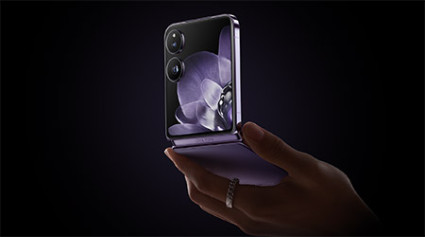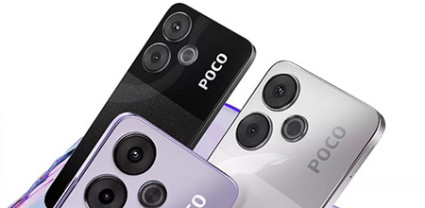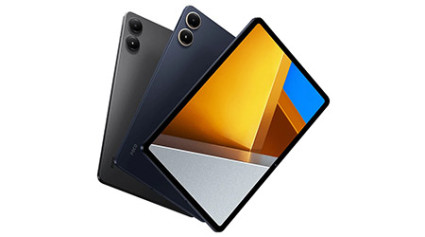What is Xiaomi?
- 13.03.2017
- 569
- Joney Tour
- Add new comment

Huawei is a technology company, Lenovo is a trading company, Apple is a design company... Those descriptions may be incomplete and rough, but they give basic understanding of what these companies are. So, where do we place Xiaomi?
In the eyes of many people, Xiaomi is a marketing company. Mi marketing strategy is based on the word-of-mouth, where it is enthusiasts, attracted to cost-effective products, who start the ball rolling, and after that product’s fame reaches ordinary users.
Whatever business Mi is involved in, we hear a lot about its marketing strategy:
“Xiaomi’s marketing knowledge is very strong, worthy studying.”
“Mi does not have that much technical strength and cultural heritage, but its marketing is really good.”
“Pursue the idea of long-term business growth and you will not fail.”
The world has been lucky to see how skillfully Xiaomi uses numerous marketing tools, including social media, lotteries, online-stores and fan community. Xiaomi is the first company that turns the launch of every product into a carnival.
Mi’s strong growth turned the company into a phenomenon all domestic and foreign media give tidings of. To a certain extent, these media have also become part of Xiaomi’s marketing campaign.
Li Wanqiang, who is one of Mi’s partners, wrote a book about Xiaomi’s methodology called “Sense of participation.” The book is not just about marketing; it is also about the way an up-and-coming young company that decided to follow its own business philosophy can use the Internet in hardware manufacture.
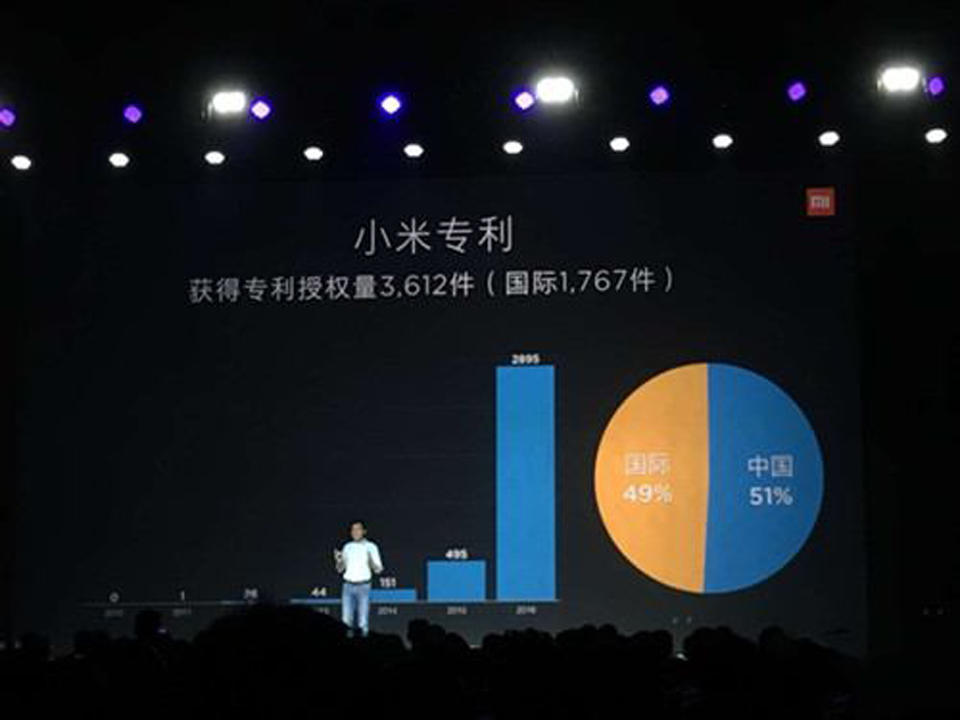
Xiaomi produced a lot of entrepreneurs that found interest in getting to know Mi, for the most part, its Internet marketing.
Xiaomi created Mi ecosystem. There’s a belief that if we manage to learn about all Xiaomi marketing tools (which are, by the way, in plain view), company’s development strategy will no longer have any appeal. But for now, no other company, trying to drive its business the same road as Mi does, succeeded in doing that. Xiaomi is a forerunner in many ways, but still, its marketing potential is not used in full capacity. What a boom the industry could whiteness if Xiaomi used 100% of its marketing potential.
In the smartphone business, Lei Jun may seem an outsider (his company is much younger than many of its rivals). However, he has been dealing with technological innovations for 20 years and now Xiaomi is a big wheel in this business that serves as a proof that Mr. Jun has much deeper understanding of it than anyone else.
Many people think that outside of marketing Xiaomi has nothing more to offer. And we have noticed that the sum of patented inventions by Xiaomi is if not the highest than at least one of the highest. In other words, with its number of filed patents, Xiaomi may beat companies that have been on the market long before Xiaomi was born.
Today Huawei is China’s greatest technological innovation enterprise and the company every other is measured against in that. Over a course of 21 years of its existence (as of 2008) the number of patent applications from Huawei reached 2833. During its first 6 years (as of 2016) Xiaomi has licensed 2895 patents.
No matter how many people are ready to do everything to belittle the value of Xiaomi’s patents, you cannot help but admit that Xiaomi is indeed a talented child. Its biggest problem is that it is not old enough.

A number of companies in a mobile industry are growing. The stakes are very high so many of them disappear quickly. VCD and DVD era is coming to end and innovation technologies that Lei Jun fosters are flourishing, because he just does not go traditional way with marketing.
Lei Jun says that even if the entire smartphone industry goes downhill, taking care of technologies, rather than advertising or marketing strategy, should be put first. Lei Jun is not going to spend a lot of time building a marketing strategy.
October 25, 2016, saw Mi MIX release and left everybody speechless. Mi MIX was said to be the most beautiful phone in the world. That was when Xiaomi’s peculiar business growth strategy bore a real fruit, giving more confidence and more pleasant expectations about Xiaomi’s future.
February 28, 2017, was the day Xiaomi’s first own-developed mobile phone chip, Surge S1, was released. No doubt this was a manifestation of Xiaomi’s unique technological identity.
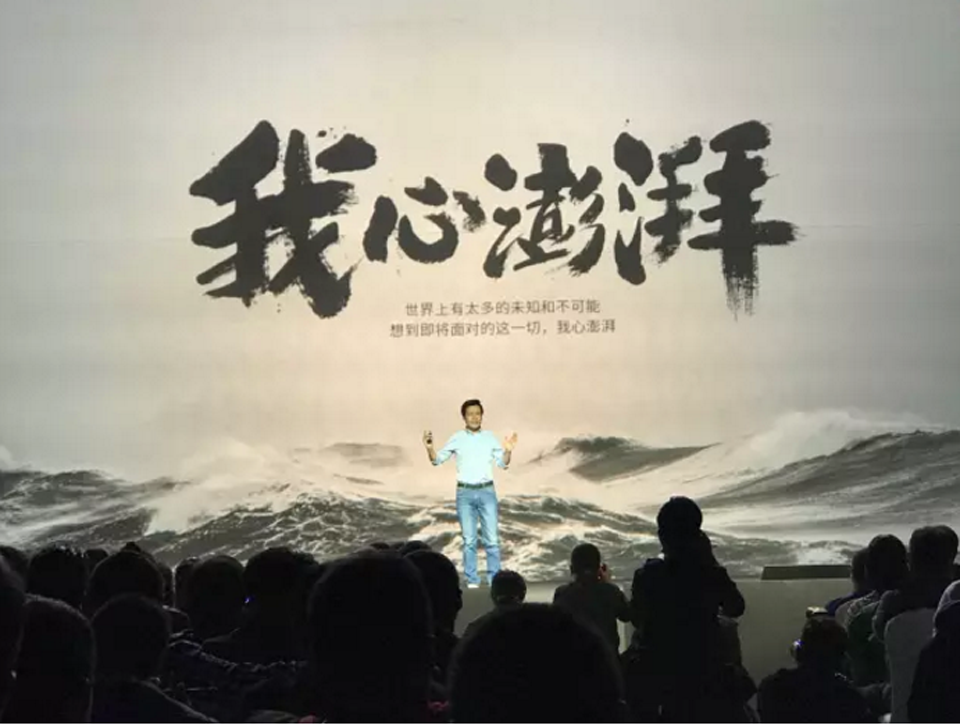
If you are willing to earn a lot of money by selling mobile phones, you can omit the part where you have to care about your company’s identity or the use of innovative technologies. You need to simply publish an advert “This is the most advanced smartphone out there”. But if you are to become the world’s top smartphone maker, so that everyone can enjoy the science and technology, you cannot choose to avoid using the most difficult technology even if it now seems economically feasible. So we can understand why Lei Jun nurtures the idea of raising his company as a technological one. And that is why we have to think of Xiaomi more as a technology company.


